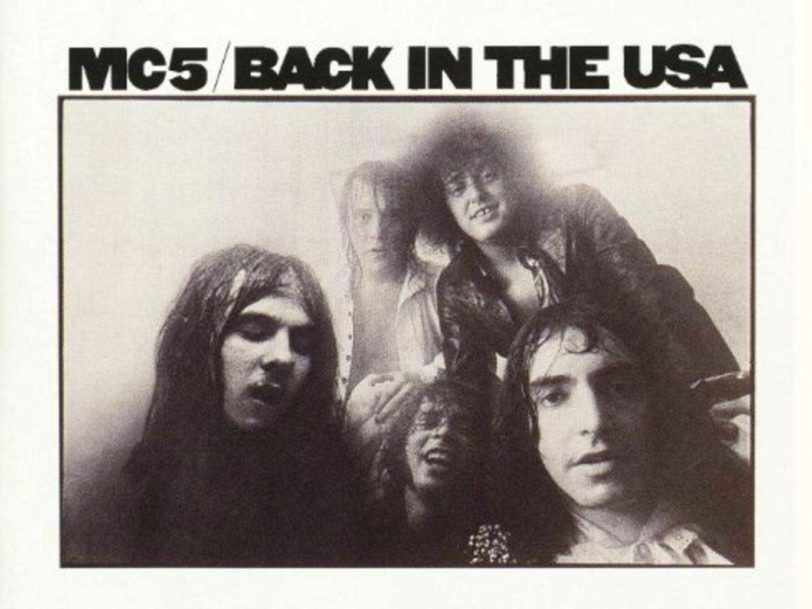The 70s: disco and R&B dominated the charts; psychedelic rock became heavier, darker; jazz was in conversation with pop and socially-conscious funk; and punk was in its infancy. The LP was no longer just a collection of songs, it had a purpose, a message – and fans triumphantly carried their favourites from party to party. Connecting rebellion with the counterculture, and blazing a trail for punk rock years ahead of schedule, were MC5, the Michigan band whose second album, Back In The USA, hit the shelves smack-bang at the start of the decade, on 15 January 1970.
Listen to Back In The USA here
Laying the pop-punk blueprint
Released a year after their frenetic proto-punk debut, Kick Out The Jams, Back In The USA marked a new direction for a group whose opening call-to-arms caused no small amount of controversy. A mixture of pop tunes and deep blues riffs, it found them matching their rebellious stance to catchy songwriting, becoming the blueprint for something else entirely: pop-punk.
Pop-punk comes in many forms: in the late 70s to the late 80s it was the domain of erudite songwriters like David Byrne (Talking Heads) and Chrissie Hynde (Pretenders), and accessible, chart-friendly figures like Billy idol. In the 90s and early 00s, the likes of Green Day and blink-182 oversaw its rebirth as skate punk, before it found another lease of life in emo music.
Every strain of this combination of punk and pop music has produced some of the most iconic party tracks in history while offering an aggressive release that skirts some of punk music’s more anti-social aspects. It’s a deadly combination, and one that MC5 lit the touch paper for with Back in The USA.




